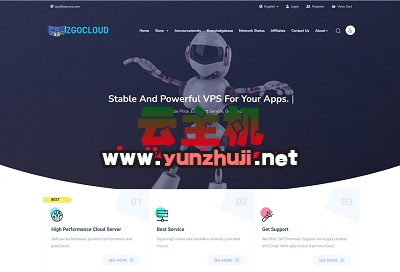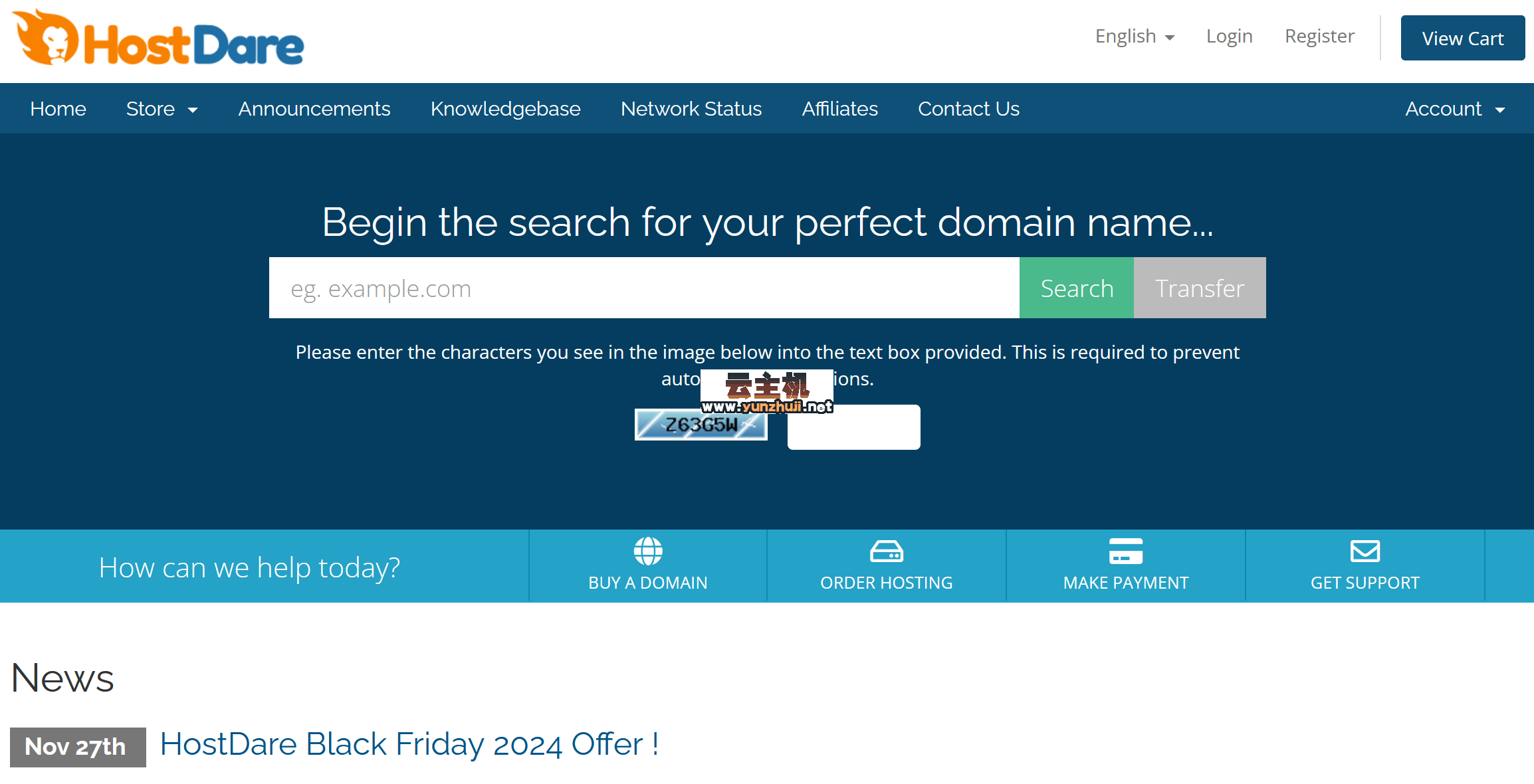URLConnection类来提交HTTP请求。以下是一个简单的示例代码:,,“java,URL url = new URL("http://example.com");,HttpURLConnection connection = (HttpURLConnection) url.openConnection();,connection.setRequestMethod("POST");,connection.setDoOutput(true);,OutputStream os = connection.getOutputStream();,os.write("param1=value1¶m2=value2".getBytes());,os.flush();,os.close();,int responseCode = connection.getResponseCode();,if (responseCode == HttpURLConnection.HTTP_OK) {, InputStream is = connection.getInputStream();, // 处理响应,},connection.disconnect();,“ 在Android开发中,使用URLConnection提交请求是一种常见的网络通信方式,本文将详细介绍如何使用URLConnection来发送HTTP请求,包括GET和POST请求的实现。
目录
1、URLConnection简介
2、使用URLConnection发送GET请求
3、使用URLConnection发送POST请求
4、处理响应数据
5、示例代码
6、归纳
URLConnection简介
URLConnection是Java标准库中的一个类,用于表示应用程序和URL之间的通信链接,通过这个类,我们可以读取和写入URL引用的资源。URLConnection是一个抽象类,其具体实现由不同的协议(如HTTP、HTTPS、FTP等)提供。
2. 使用URLConnection发送GET请求
步骤:
1、创建一个URL对象。
2、打开连接并获取URLConnection对象。
3、设置请求方法为GET(默认即为GET)。
4、连接到服务器。
5、读取响应数据。
6、关闭连接。
示例代码:
import java.io.BufferedReader;
import java.io.InputStreamReader;
import java.net.HttpURLConnection;
import java.net.URL;
public class GetRequestExample {
public static void main(String[] args) {
try {
// 创建URL对象
URL url = new URL("http://www.example.com");
// 打开连接
HttpURLConnection connection = (HttpURLConnection) url.openConnection();
// 设置请求方法为GET(默认即为GET)
connection.setRequestMethod("GET");
// 连接到服务器
connection.connect();
// 检查响应码
int responseCode = connection.getResponseCode();
if (responseCode == HttpURLConnection.HTTP_OK) {
// 读取响应数据
BufferedReader in = new BufferedReader(new InputStreamReader(connection.getInputStream()));
String inputLine;
StringBuilder content = new StringBuilder();
while ((inputLine = in.readLine()) != null) {
content.append(inputLine);
}
// 关闭输入流
in.close();
// 打印响应内容
System.out.println(content.toString());
} else {
System.out.println("GET请求失败,响应码:" + responseCode);
}
// 断开连接
connection.disconnect();
} catch (Exception e) {
e.printStackTrace();
}
}
} 3. 使用URLConnection发送POST请求
步骤:
1、创建一个URL对象。
2、打开连接并获取URLConnection对象。
3、设置请求方法为POST。
4、设置允许输出(setDoOutput(true))。
5、写入POST参数到输出流。
6、连接到服务器。
7、读取响应数据。
8、关闭连接。
示例代码:
import java.io.OutputStream;
import java.net.HttpURLConnection;
import java.net.URL;
import java.nio.charset.StandardCharsets;
import java.util.Scanner;
public class PostRequestExample {
public static void main(String[] args) {
try {
// 创建URL对象
URL url = new URL("http://www.example.com/api");
// 打开连接
HttpURLConnection connection = (HttpURLConnection) url.openConnection();
// 设置请求方法为POST
connection.setRequestMethod("POST");
// 设置允许输出
connection.setDoOutput(true);
// 设置请求头(可选)
connection.setRequestProperty("Content-Type", "application/x-www-form-urlencoded");
// 写入POST参数到输出流
String postData = "param1=value1¶m2=value2";
try (OutputStream os = connection.getOutputStream()) {
byte[] input = postData.getBytes(StandardCharsets.UTF_8);
os.write(input, 0, input.length);
}
// 连接到服务器
connection.connect();
// 检查响应码
int responseCode = connection.getResponseCode();
if (responseCode == HttpURLConnection.HTTP_OK) {
// 读取响应数据
Scanner scanner = new Scanner(connection.getInputStream(), StandardCharsets.UTF_8.name());
String responseBody = scanner.useDelimiter("\A").next();
scanner.close();
// 打印响应内容
System.out.println(responseBody);
} else {
System.out.println("POST请求失败,响应码:" + responseCode);
}
// 断开连接
connection.disconnect();
} catch (Exception e) {
e.printStackTrace();
}
}
} 处理响应数据
无论是GET还是POST请求,处理响应数据的步骤基本相同:
1、检查响应码是否为200(HTTP_OK)。
2、读取输入流中的数据。
3、根据需要对数据进行处理(例如解析JSON、XML等)。
4、关闭输入流。
5、断开连接。
示例代码
以下是一个完整的示例,展示了如何发送GET和POST请求并处理响应数据:
import java.io.*;
import java.net.*;
import java.nio.charset.StandardCharsets;
import java.util.Scanner;
public class URLConnectionExample {
public static void main(String[] args) {
// 发送GET请求
sendGetRequest("http://www.example.com");
// 发送POST请求
sendPostRequest("http://www.example.com/api", "param1=value1¶m2=value2");
}
private static void sendGetRequest(String urlStr) {
try {
URL url = new URL(urlStr);
HttpURLConnection connection = (HttpURLConnection) url.openConnection();
connection.setRequestMethod("GET");
connection.connect();
int responseCode = connection.getResponseCode();
if (responseCode == HttpURLConnection.HTTP_OK) {
BufferedReader in = new BufferedReader(new InputStreamReader(connection.getInputStream()));
String inputLine;
StringBuilder content = new StringBuilder();
while ((inputLine = in.readLine()) != null) {
content.append(inputLine);
}
in.close();
System.out.println("GET Response: " + content.toString());
} else {
System.out.println("GET请求失败,响应码:" + responseCode);
}
connection.disconnect();
} catch (Exception e) {
e.printStackTrace();
}
}
private static void sendPostRequest(String urlStr, String postData) {
try {
URL url = new URL(urlStr);
HttpURLConnection connection = (HttpURLConnection) url.openConnection();
connection.setRequestMethod("POST");
connection.setDoOutput(true);
connection.setRequestProperty("Content-Type", "application/x-www-form-urlencoded");
try (OutputStream os = connection.getOutputStream()) {
byte[] input = postData.getBytes(StandardCharsets.UTF_8);
os.write(input, 0, input.length);
}
connection.connect();
int responseCode = connection.getResponseCode();
if (responseCode == HttpURLConnection.HTTP_OK) {
Scanner scanner = new Scanner(connection.getInputStream(), StandardCharsets.UTF_8.name());
String responseBody = scanner.useDelimiter("\A").next();
scanner.close();
System.out.println("POST Response: " + responseBody);
} else {
System.out.println("POST请求失败,响应码:" + responseCode);
}
connection.disconnect();
} catch (Exception e) {
e.printStackTrace();
}
}
} 使用URLConnection发送HTTP请求是一种基础且灵活的方式,适用于各种网络通信场景,通过本文的介绍,我们了解了如何使用URLConnection发送GET和POST请求,以及如何处理响应数据,在实际开发中,可以根据具体需求进行扩展和优化,例如添加超时设置、处理重定向、支持更多的HTTP方法等。

 云主机测评网
云主机测评网


















最新评论
本站CDN与莫名CDN同款、亚太CDN、速度还不错,值得推荐。
感谢推荐我们公司产品、有什么活动会第一时间公布!
我在用这类站群服务器、还可以. 用很多年了。